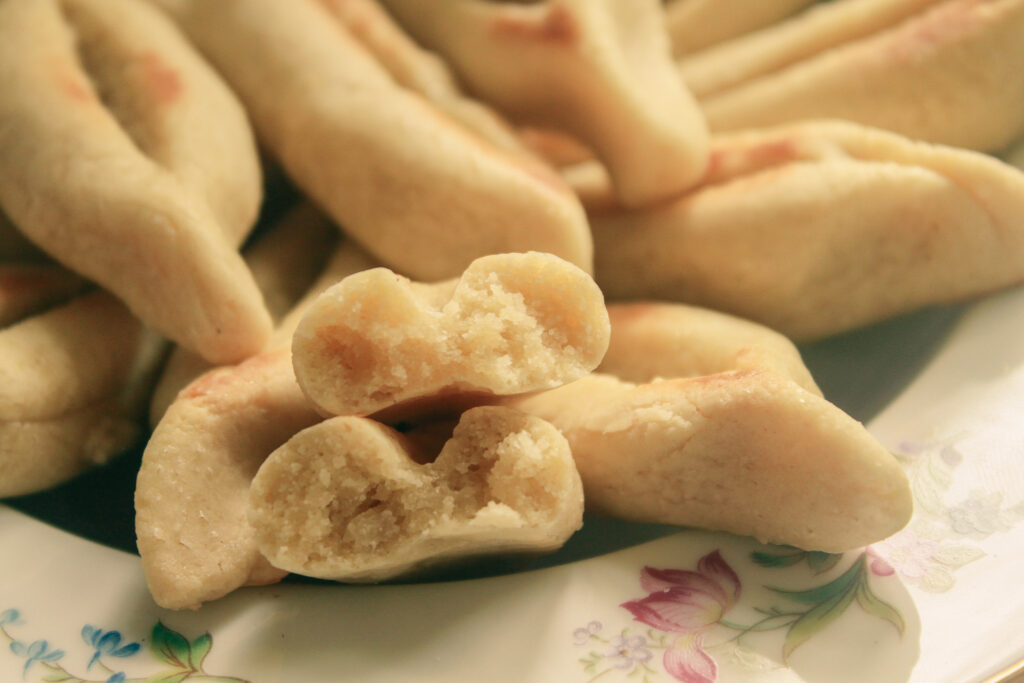
History
Of the three from Bethany, Mary, Martha, and Lazarus, Lazarus certainly received the most attention in the years following the biblical period. Mary was well loved for her attentive devotion and humble sitting at Jesus’ feet. Martha was immediately hailed as a figure who could help Christians remember to confess Christ in the midst of grief with her admonition that Jesus was the resurrection and the life. In the person of Lazarus, however, Christians found the manifestation of Jesus’ resurrection, the glory of God. He became the icon of the type of destiny that we also share through Christ. John recounts how the crowd that witnessed the miracle of Lazarus’s resurrection continued bearing witness to this sign. Surely these people told the story again and again, making Lazarus a great figure in the early Church – the man who came back to life again.
But what happened to Lazarus and his sisters after his resurrection? Little is said in the Scriptures other than a pretty penny was placed on Lazarus’s head for the walking testament he was to Jesus’ authority, something the Pharisees wanted nothing of. Although we don’t have a Biblical account of the remainder of Lazarus’ earthly life, we do know from Church tradition what he possibly went on to do and, unsurprisingly, know that he lived a life devoted to spreading the Gospel!
Tradition holds that Lazarus along with his two sisters and a few friends were tricked into boarding a compromised boat. Once they set sail, it began to leak, but the Lord sustained them on their journey and they arrived safely on the shores of Marseille. There, it is said, Lazarus, who was already ordained a bishop, took up the task of evangelizing the people and remained there until his martyrdom by torture and beheading.

While this story is compelling, it is important to note that a competing legend also exists. This second account states that the siblings from Bethany sailed not to Marseille but rather East to Cyprus where Lazarus became the bishop of Kition. This is a tradition from the Eastern church, while the Church in the West believes that Lazarus ended up in Marseille.
Whether Lazarus sailed East or West, or at all (as we don’t know for certain), is not the point—rather what we do know is that no matter his final destination, Lazarus is asleep in the Lord once again and awaits his second and final resurrection that we also too eagerly look forward to encountering with all the faithful. Christ’s victory has been won, and he is our life. For this we give thanks on July 29th for St. Lazarus as well as the example of faith, hope, and love that all three of Jesus’ friends from Bethany provide us.

Image: The landing of Saints Maximin, Lazarus, Cedonius and Mary Magdalene in Marseille, Giotto di Bondone, Italy, 1320s.
Marseille Navettes
When considering a special treat to serve while contemplating the story of Jesus and his three friends from Bethany, we can look to one traditional cookie inspired by the story of the miraculous boat ride that is said to have safely brought Lazarus, Mary, and Martha to the shores of France. This treat hails from Marseille, and its shape is a nod to the boat they traveled in, with navette literally meaning “little ship.”
The navette cookie might remind one of both shortbread and biscotti. It’s texture is firm yet remains soft. The orange and olive aromatics will evoke the French countryside while you sip a cup of black coffee and occasionally use it to dunk the cookie in. You could also enjoy its scrumptious taste alongside a cup of tea. While the most authentic recipes call for using orange blossom water, the combination of the orange peel and juice in our rendition achieves a similar affect. Like always, we have striven to make this recipe as accessible as possible for our modern-day audience!

Mary, Martha, and Lazarus Navettes
Ingredients
- ½ C granulated sugar
- pinch of salt
- 1 large egg
- 1 tbsp orange juice
- 1 tsp orange zest
- 3 tbsp olive oil
- 1 ½ C all-purpose flour + 1-3 tablespoons
- ¼ C milk for brushing
Instructions
- In a medium bowl, whisk together the sugar, salt, and egg until the mixture becomes pale in color and has increased in volume. Switch to a wooden spoon and mix in the orange juice, zest, and olive oil.
- Then mix in the flour ½ cup at a time until you have incorporated 1 ½ cups of flour. Then add 1-3 more tablespoons of flour until a dough forms. It should be soft but not overly sticky. Use your hands to work the dough until smooth.
- Cover the dough and let it rest at room temperature for 30 minutes.
- After the dough has rested, preheat the oven to 350°F and line a baking tray with parchment paper.
- Remove the dough from the bowl and divide into two and then in two again. Then cut each of the four portions into three even sections. Finally, divide each piece in half one more time for a total of 24 pieces.
- Take one of the pieces and roll it out to about 3 inches in length, pinch the ends vertically, and place on the baking sheet. Repeat this shaping process with every piece. When they are all shaped, cut a slit lengthwise down the boat.
- Brush each navette with milk and then place them in the oven to bake for 20 minutes at 350℉, flipping them over halfway through. Remove them from the oven, flip them back over, and allow them to cool completely before serving.

